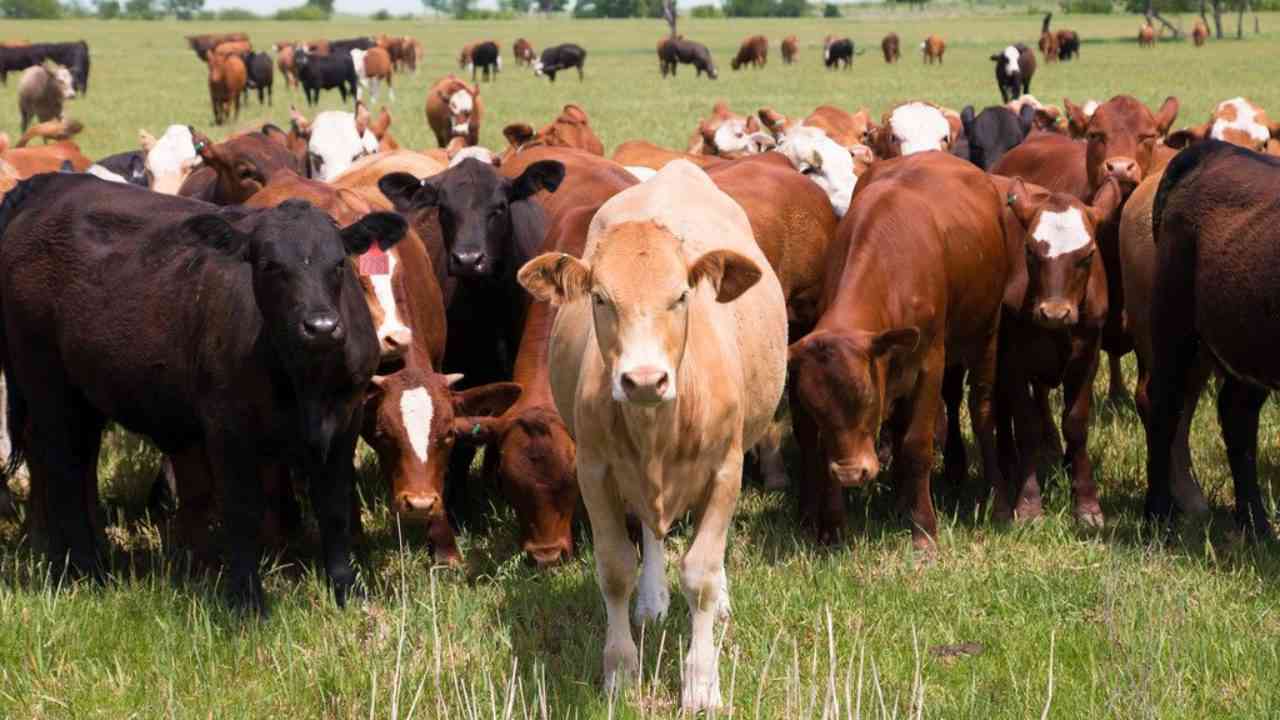
THE Veterinary Services Department in the Midlands province has issued a directive to regulate the movement of cattle for slaughter.
In a letter dated August 30, addressed to the district veterinary officer and other officers in the department, Midlands Provincial Veterinary Services director Martin Sibanda said cattle being moved for slaughter should be branded with the letter S.
“It has been observed in many instances that animals destined for direct slaughter have been diverted for production within and outside the province,” Sibanda said.
“The reason why animals are specifically sent for direct slaughter is for the purpose of disease control.
“You are, therefore, directed to ‘S’ brand all cattle destined for slaughter to ensure they can be easily recognised in the event of them being redirected for production.”
“Send immediately a copy of the permit to the DVO/GVO of the district of destination if the slaughter is to be within the province, to chief animal health inspector of the province if the slaughter place is outside the Midlands province and to charge an extra US$2 for the ‘S’ brand in addition to the US$10 for the permit.”
Sibanda said the US$2 fee would be charged per animal.
Government in June banned household cattle sales, urging farmers to use village business units.
- Midlands Vet Dept regulates cattle movement
Keep Reading
This followed reports of farmers selling cattle in panic to avoid losses due to the severe drought experienced in the 2023/24 farming season.
Approximately 1 488 523 out of 2 882 710 cattle are at risk in the driest parts of the country.









